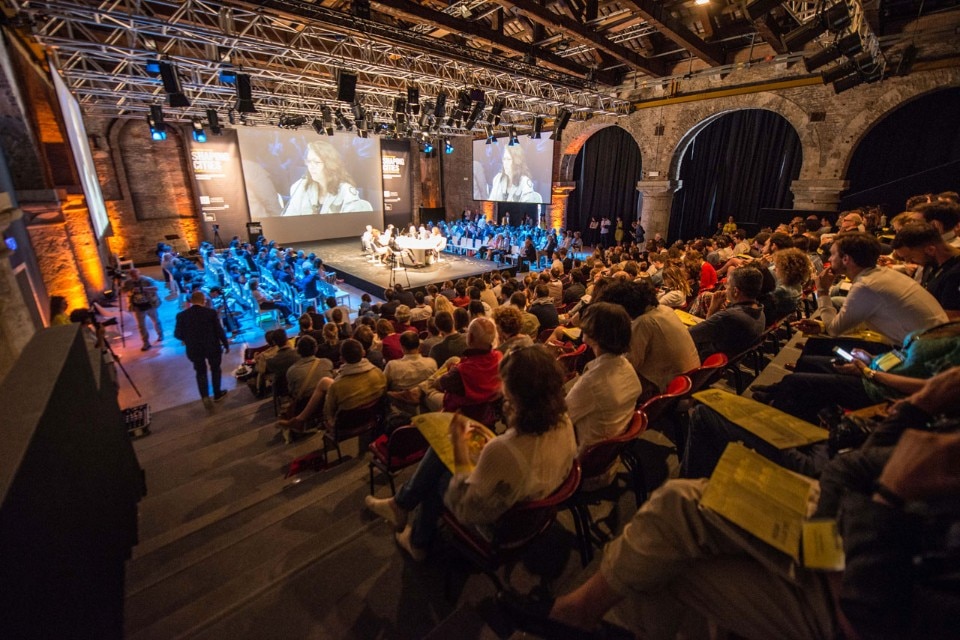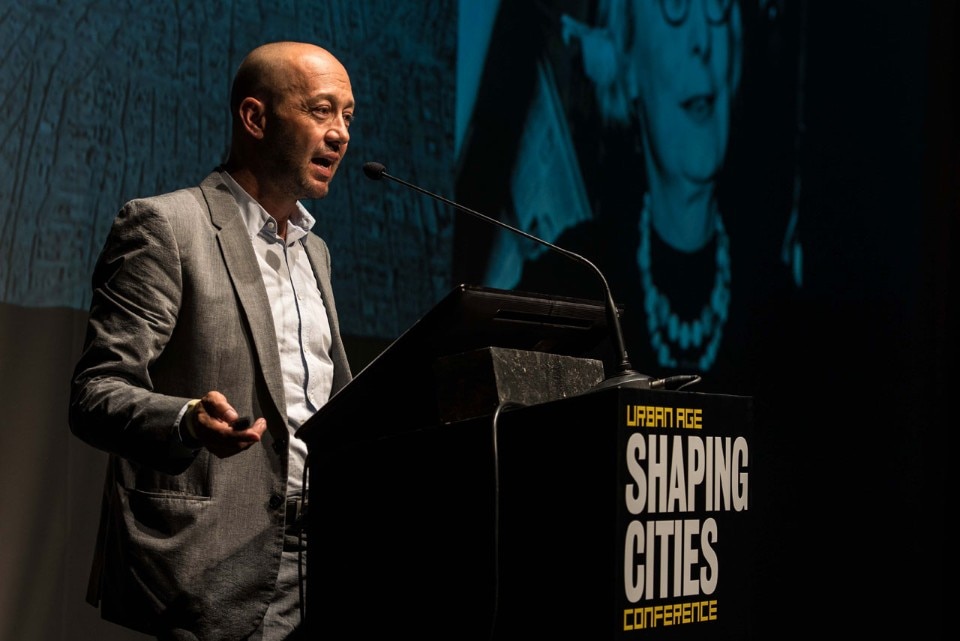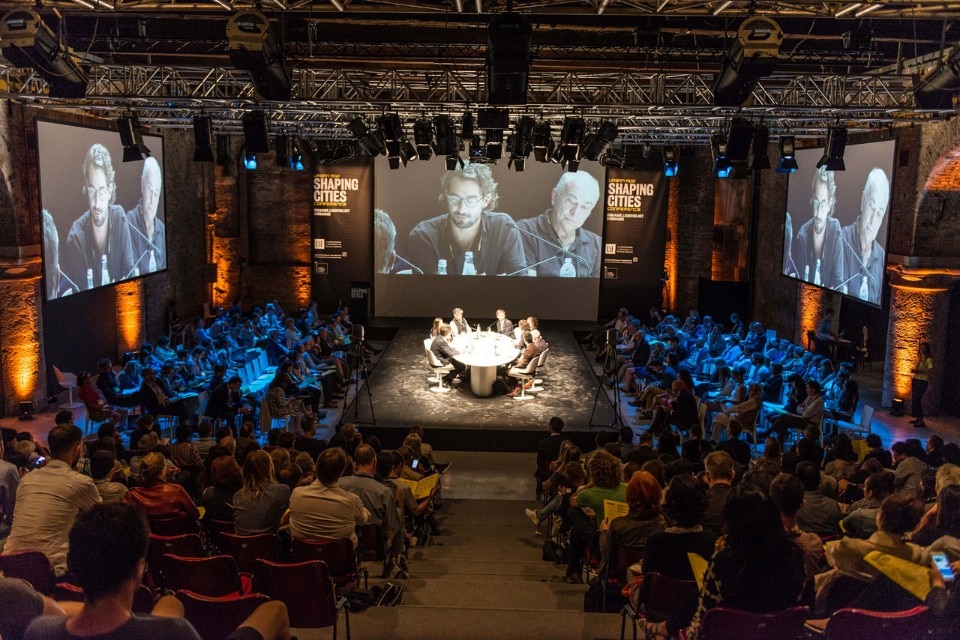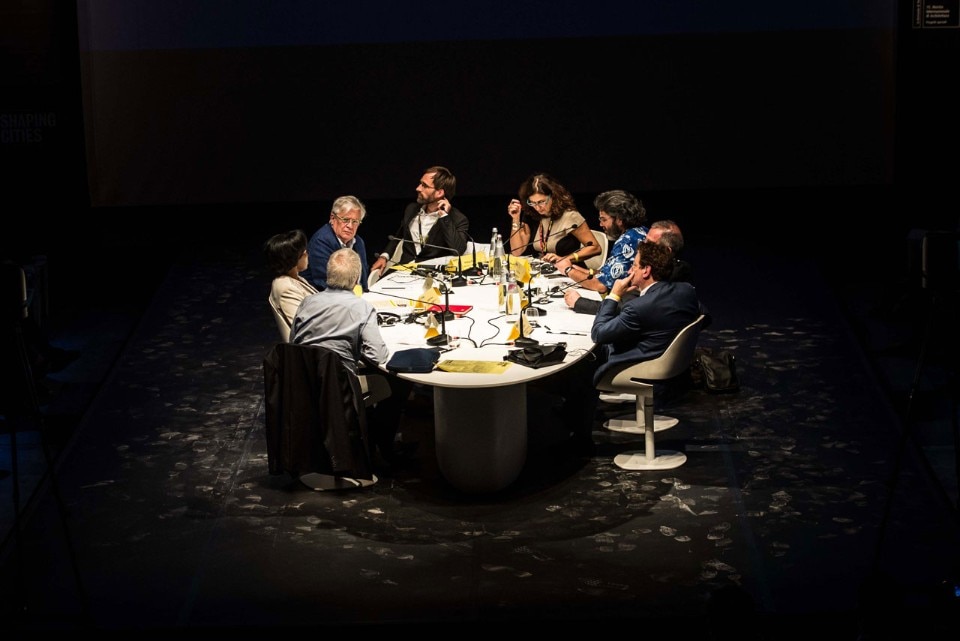
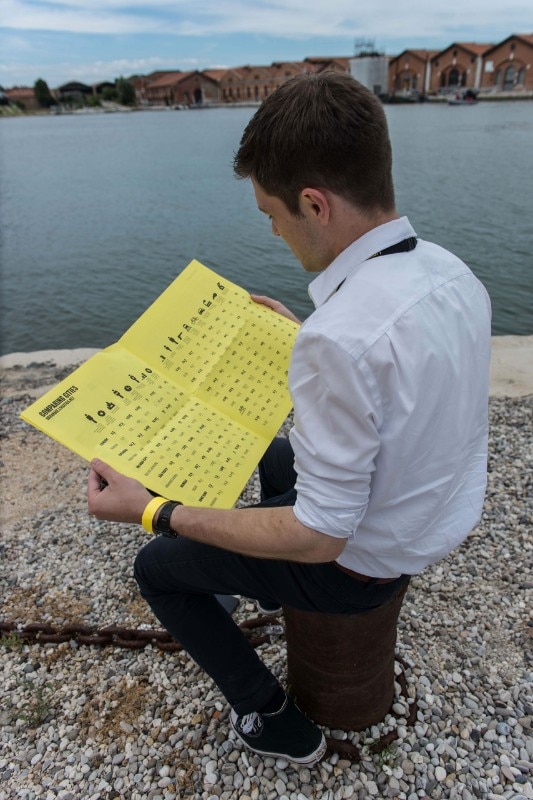
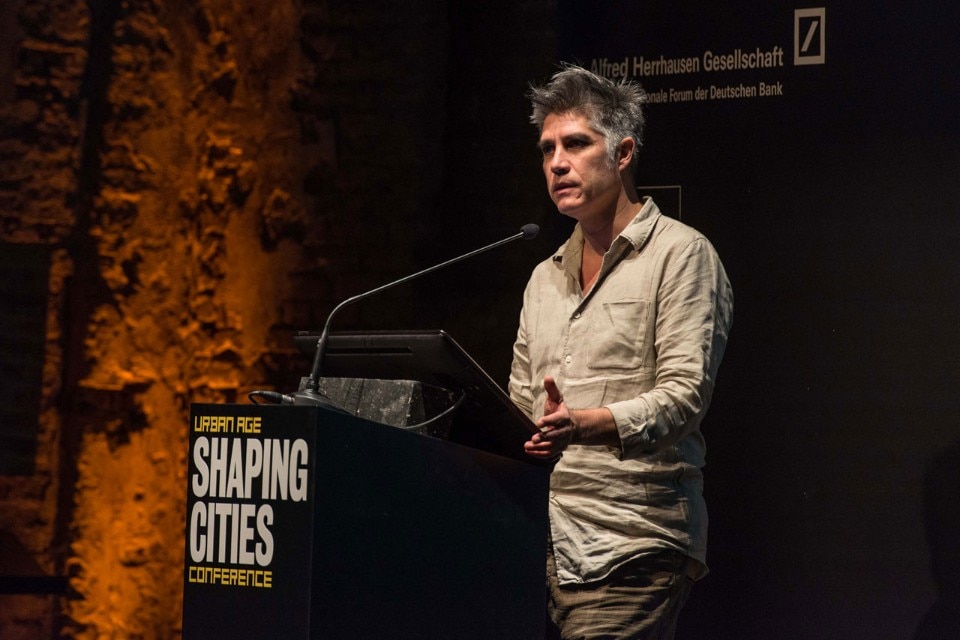
Professor Shlomo Angel from New York University claimed that expansion of cities was the most practicable strategy, making the point that while Lagos and Paris have the same population the GDP and land of Paris are considerably larger, as when people become richer “they consume more of everything”. The problem with compact or contained cities, he claimed, is that housing is largely unaffordable to all but very few – if poor people have access to land (and job markets) on the periphery they will be able to house themselves.
By contrast, Swilling argued that current urban management requires excessive resources and proposed instead “strategic intensification”, that is to say, resource efficient urbanism with infrastructure reconfigurations. He argued ultimately improving resource efficiencies and infrastructure and improving density together is the best way to support growing urban populations – with or without expansion.
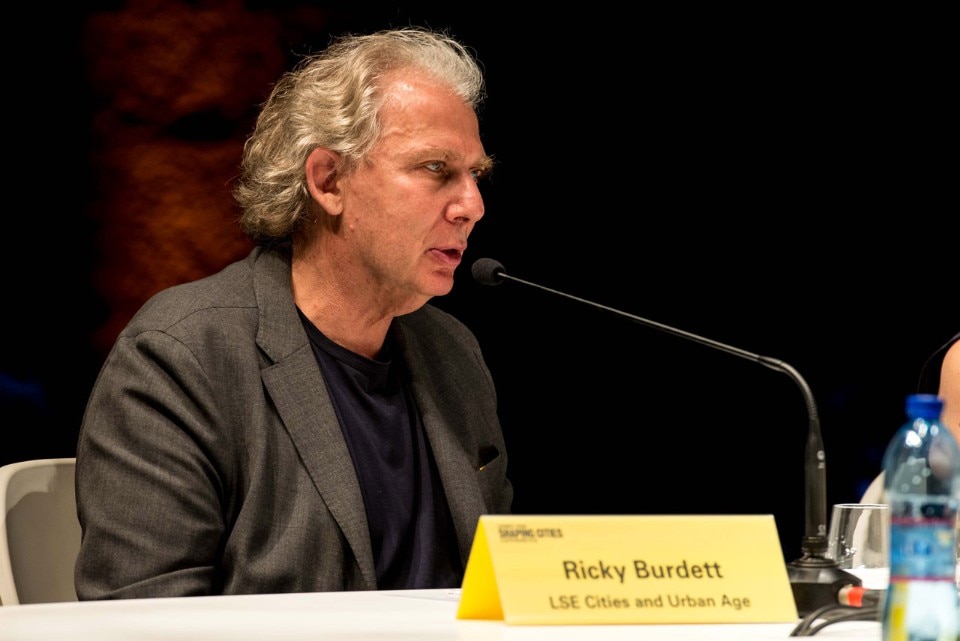
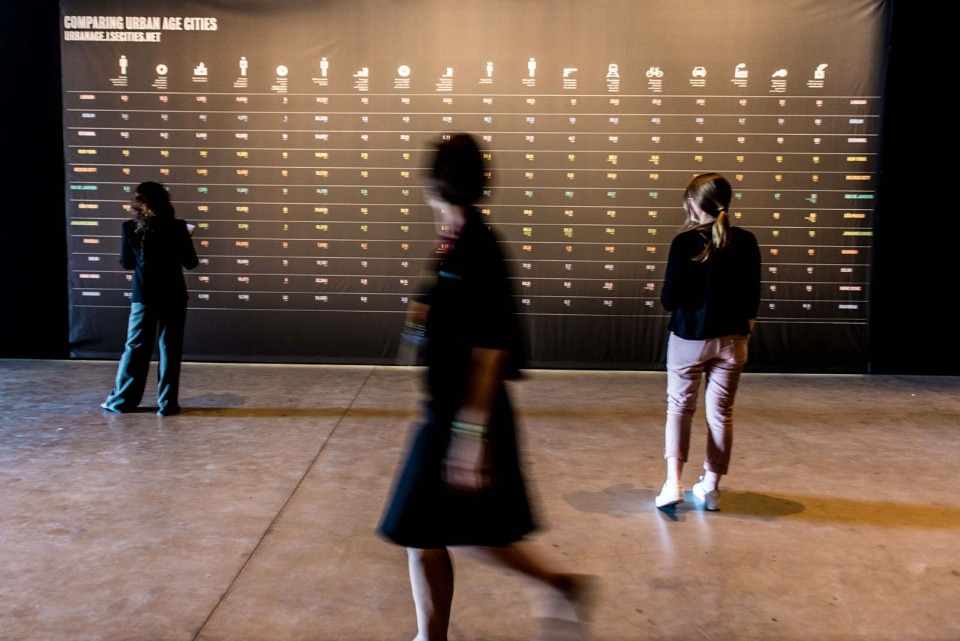
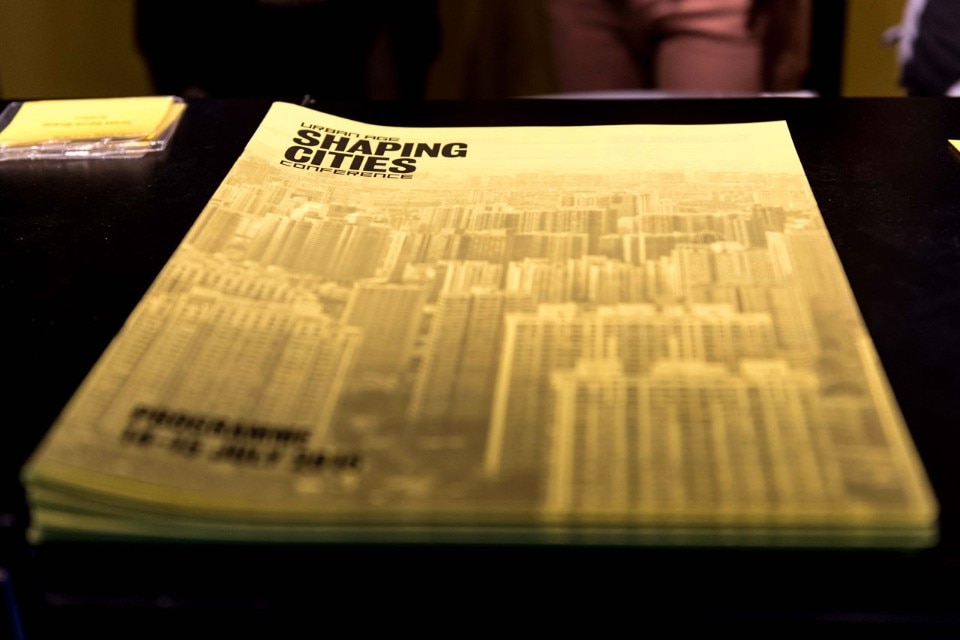
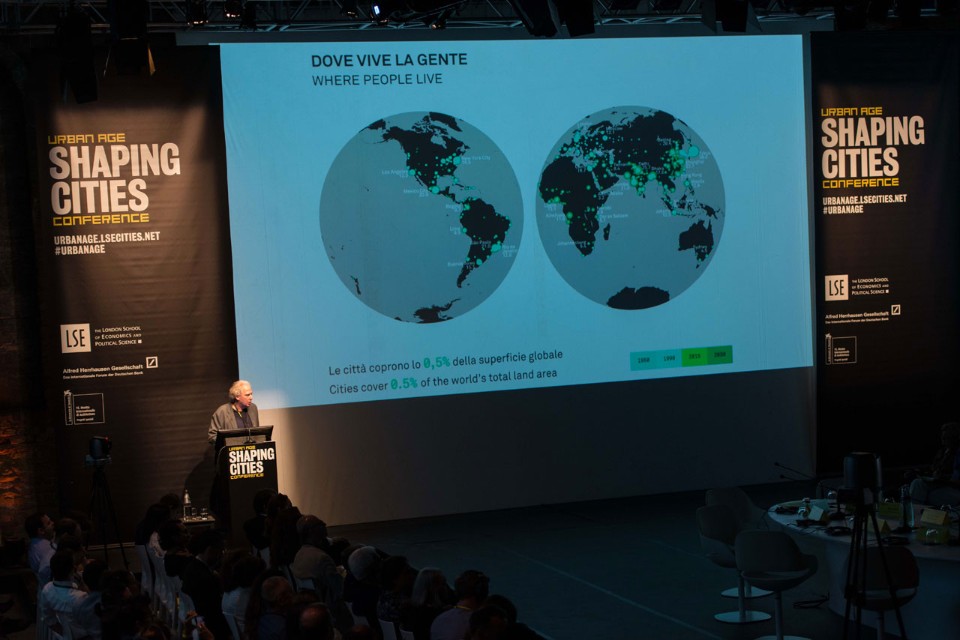
Inevitably small-scale solutions may not necessarily be able to give form to or protect the city on the same scale as economic, legal and political interventions.
There were various cases put forward for leading projects at a larger scale, at times using a top-down approach. As Mayor of Barcelona Ada Colau cannot confront every problem at local level, as many laws that affect urban settings are the province of state or even federal government. Small-scale projects cannot affect issues of land and land title needed for expansion and public space, or large scale infrastructure projects. As Jennifer Musisi says her work in Kampala is also challenged by legislative regimes that underpin urbanization, including the five different land holding types in the city, and an absence of policy to bring under one system.
